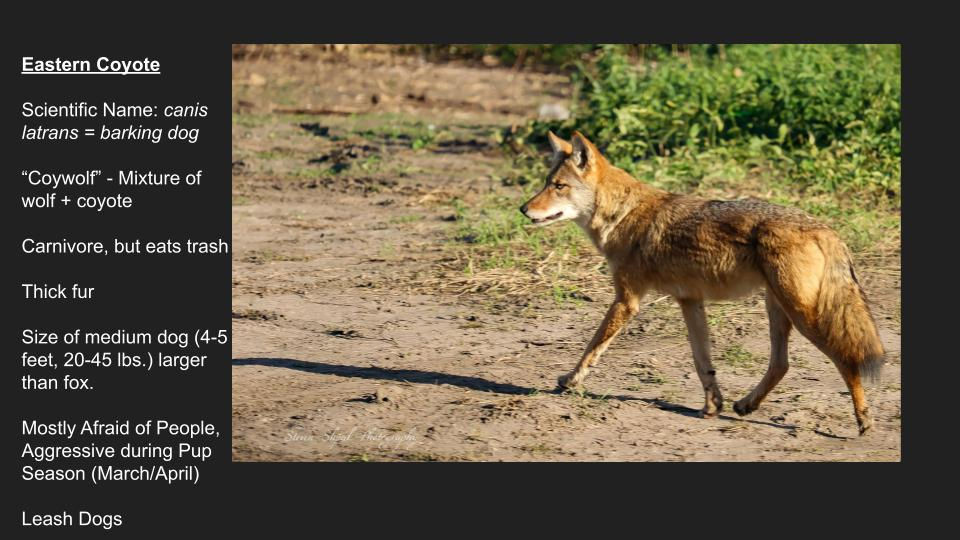Summer Hazards
- Kaitlyn Quigley
- Jul 4, 2021
- 4 min read
Updated: Feb 27, 2022
Awareness of our surroundings is crucial to staying safe and having fun!
Plants
There are a few plants in southern Ontario that are best left untouched! Plants like Wild Parsnip, Cow Parsnip, Giant Hogweed, and Poison Ivy should be known and identified.
However, we spend a lot of time learning, journaling, and researching these plants to know NOT to touch them, but to only appreciate their unique survival adaptations!

Children are encouraged to never touch an unknown plant, the same way they wouldn't pet an unknown dog at the park. Parents can reinforce the importance of observing, noticing details and researching in their field guides - without touching plants!
Ticks

You've probably heard that ticks in Ontario, Canada have gotten worse and will continue to be a growing problem with climate change enhancing their areas. Tick checks should happen as early as March, when snow is still on the ground!
In our province, the most common species is the American Dog Tick (Wood Tick), these are larger in size than the Eastern Black Legged Tick or (Deer Tick). Deer Ticks are the size and shape of a sesame seed. They are small and sometimes hard to see. Deer Ticks are the common vectors, or carriers, of the bacteria that causes Lyme Disease. Lyme Disease is a potentially serious infection that can even be fatal if left untreated.
Anyone in Ontario is susceptible to a tick encounter, even those visiting playgrounds or possessing a well-kept lawn. However, being outdoors nearby long grasses, shrubs, or brush makes those chances increase. Ticks are great climbers that like to try and catch a free ride on a warm body, whether that is a human or animal.
Sticking to well-maintained trails over tall grasses and shrubs is one way to try to avoid ticks. Individuals can also wear long-sleeved or legged, light colored clothing. Light apparel helps one to see the ticks crawling on them. Some experts even recommend to wear snug fitting items so ticks have a harder time moving between skin and clothes. When wandering outdoors, it is important to tuck in all clothing, especially socks into pant legs.
Be sure to do frequent tick checks throughout the day. Parents can check behind knees, on the head, in the belly button, groin area, underarms, and back of body using a friend or a mirror. In addition, hair should be kept up and not loose.
Some recommended insect repellents or bug sprays contain DEET (Ben's) or Icaridin to put onto clothes and exposed skin. These help repel the bugs, not kill them. They can be reapplied every two hours.
When coming home from being outside, it's important to remove clothing as soon as possible and set items in the dryer for 30-minutes. Take a shower to wash away any ticks that might be on you. Remember, heat kills them, not water.
If you do find a tick on your skin, you need to act quickly. You will need to be careful removing the tick so the mouth doesn't break off into the skin. Be sure to use tick removers or tweezers, avoid using fingernails. You will want to grasp the tick as close to the skin as possible and ensure you don't press its abdomen. By pulling gently and firmly, you will remove the tick and place it into a container that is marked with the date and part of body it bit. Store this in the fridge, as it is useful for a doctor to see, if it needs to get tested. Clean your hands immediately with soap and water.

Check yourself for Lyme Disease symptoms in the following days, weeks, and months ahead. You will want to bring in the refrigerated tick to a doctor if symptoms appear. Some symptoms: Bull's eye rash, bruise-like rash, fever, chills, headache, stiff neck, muscle aches, fatigue, swollen lymph nodes, and facial paralysis, etc. If Lyme goes untreated it can make one weak, tired, and harm internal organs. Most cases when caught early can be cured with antibiotics.
Use this website for identification and information (eTick.ca) and the Ontario Government Website (Ticks).

Coyotes
We have encountered a few coyotes at the park! We just smile, wave and keep a safe distance. We recognize that coyotes were here before us and as humans continue to encroach on their land, our paths will continue to cross! However, there are steps we take to ensure we are safe around these magnificent canines.

Understanding the lifecycle of this animal is important to predicting its behaviours. In Ontario, coyote mating season runs from late December to early March (City of Toronto) and so they will be more likely to be out and about looking for a mate. In addition, coyote pup season takes place during February and March where these animals will also be more aggressive and protective of their little ones that were just born. (Wildlife in Ontario)
We follow these instructions from the New York Wolf Organization, put together through the clever acronym of SMART. These steps keep us safe and teach us to:
STOP,
MAKE ourselves bigger,
ANNOUNCE loudly that we are here,
RETREAT slowly without turning our backs, and
TEACH our friends and families to never feed or haze coyotes.






Comments